Optimal Seasons for Sunroom Installations
Sunroom installations can be performed throughout the year, but certain seasons offer advantages for scheduling. Understanding seasonal factors can help in planning a successful installation that meets expectations for comfort and efficiency.
Spring offers moderate weather conditions, reducing delays caused by extreme heat or cold. It allows for timely completion before summer.
Summer may pose challenges such as high temperatures and humidity, which can affect construction schedules. However, longer daylight hours can facilitate faster work.
Fall provides cooler temperatures and less humidity, ideal for installation. Planning ahead ensures completion before winter.
Winter weather can cause delays due to snow, ice, and freezing temperatures. However, with proper planning, installations can still be scheduled during milder periods.
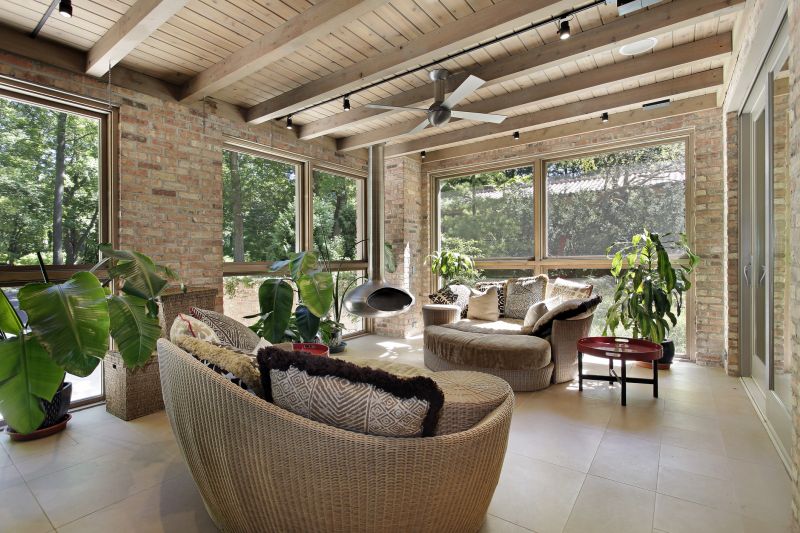
Image of workers installing a sunroom during spring with blooming trees in the background.
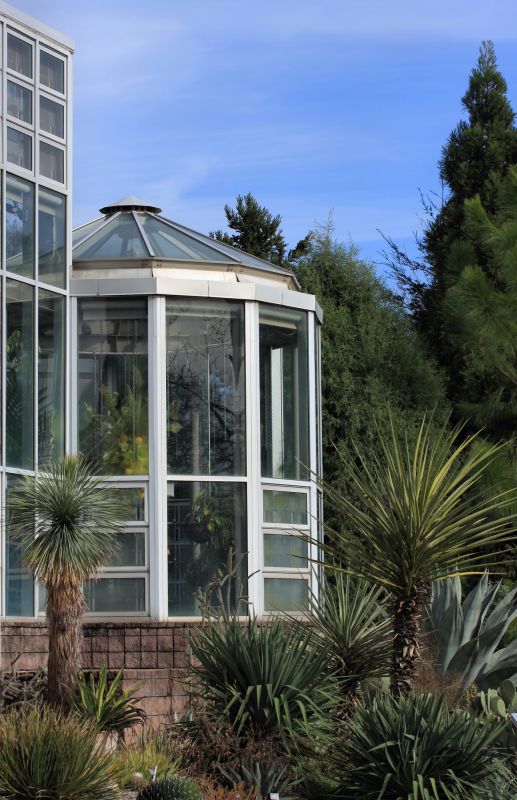
Photo of a sunroom being built amidst summer heat, showcasing active construction.

Image of a completed sunroom with autumn foliage surrounding the property.
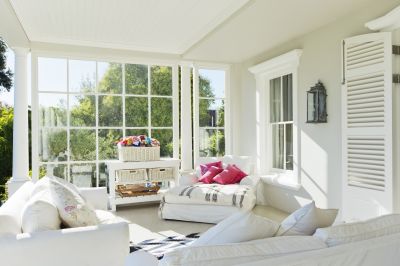
Ways to make Sunroom Installations work in tight or awkward layouts.

Popular materials for Sunroom Installations and why they hold up over time.
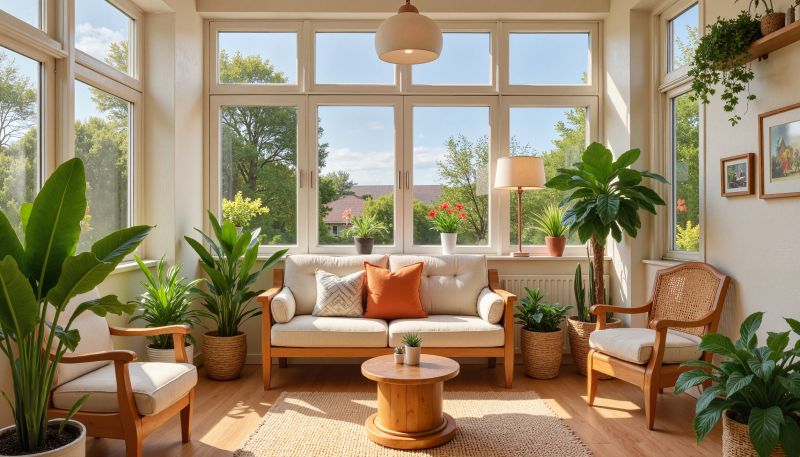
Simple add-ons that improve Sunroom Installations without blowing the budget.
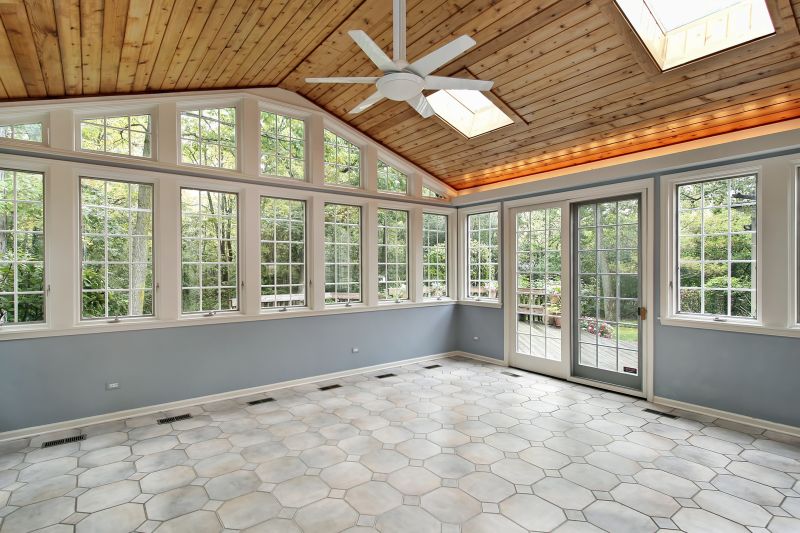
High-end options that actually feel worth it for Sunroom Installations.

Finishes and colors that play nicely with Sunroom Installations.
| Season | Advantages | Potential Challenges |
|---|---|---|
| Spring | Moderate weather, ideal for scheduling | Rain can cause minor delays |
| Summer | Longer daylight hours | High temperatures and humidity |
| Fall | Cooler temperatures, less humidity | Approaching winter weather |
| Winter | Less construction activity | Weather delays due to snow and cold |

Photo of a sunroom being assembled with a clear sky overhead.

Image showcasing a finished sunroom with large windows and scenic views.
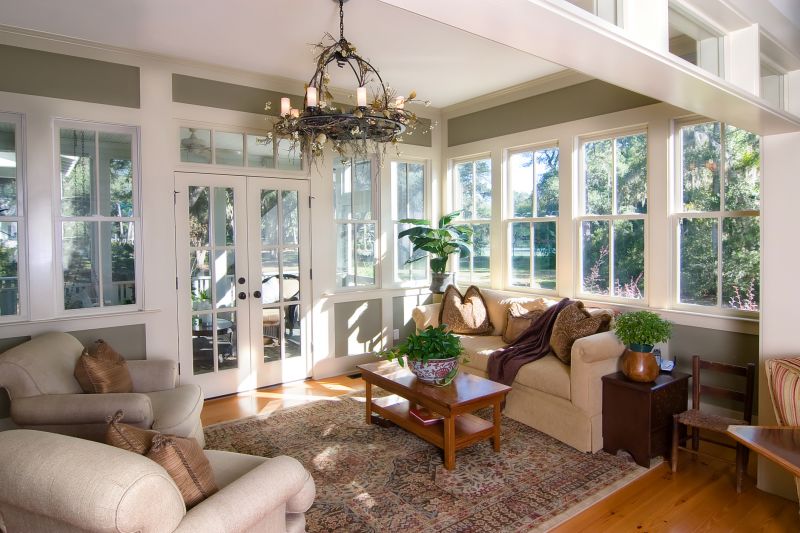
Interior shot highlighting natural light and comfortable furnishings.

Photo of a sunroom decorated for fall with pumpkins and warm tones.
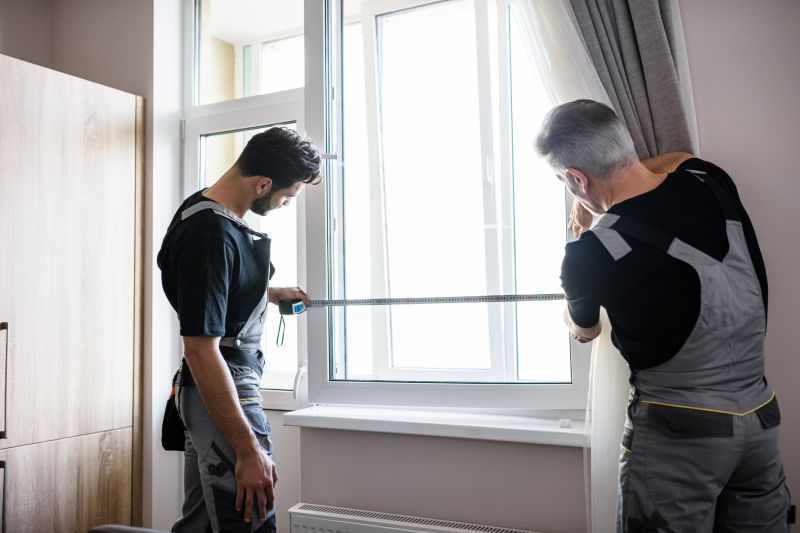
Little measurements that prevent headaches on Sunroom Installations day.

A 60-second routine that keeps Sunroom Installations looking new.
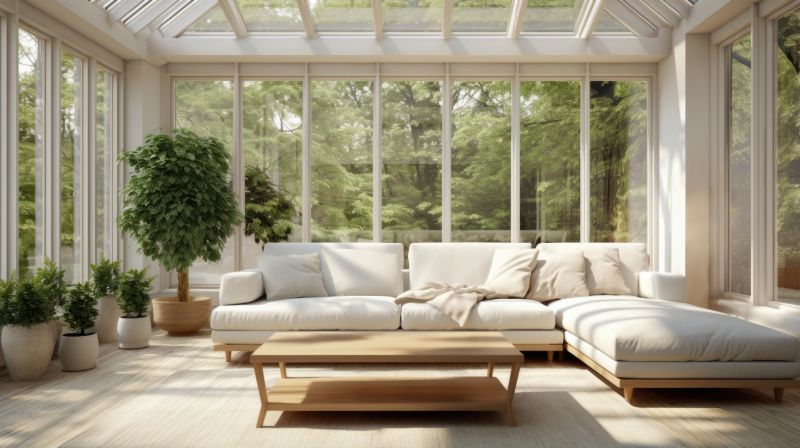
A frequent mistake in Sunroom Installations and how to dodge it.
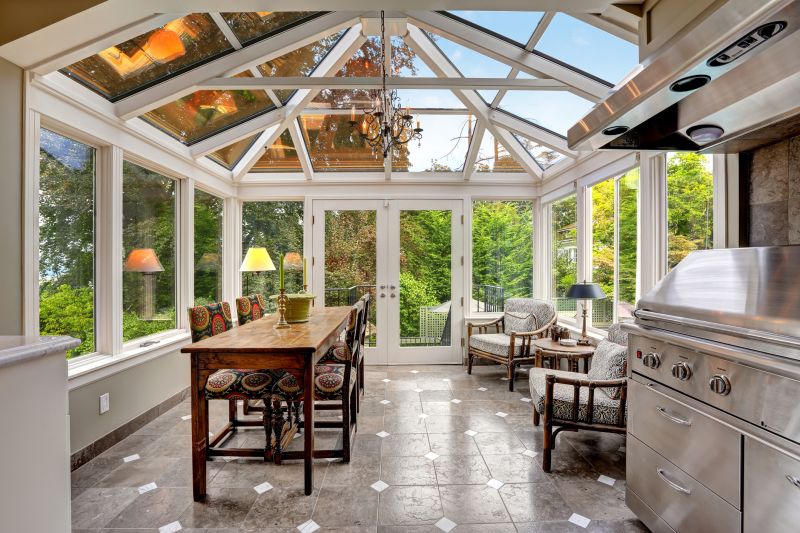
Small tweaks to make Sunroom Installations safer and easier to use.
Planning the timing of a sunroom installation involves considering local weather patterns, project scope, and personal schedules. Early spring and fall are often preferred for their milder conditions, which can facilitate smoother construction processes. Regardless of the season, engaging experienced professionals ensures quality and timely completion.
Weather conditions, project complexity, and contractor availability are key factors affecting scheduling.
Advance planning, flexible scheduling, and weather contingency measures help ensure project success.
Potential for shorter wait times and cost savings during less busy periods.
Interested in scheduling a sunroom installation? Filling out the contact form provides an opportunity to discuss options, timelines, and specific requirements to ensure a successful project tailored to individual preferences.


